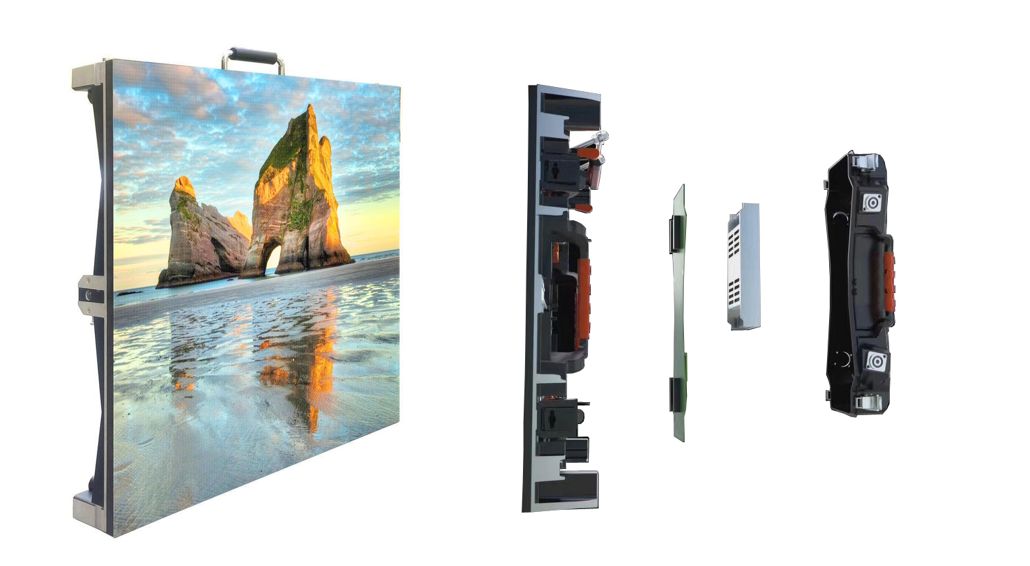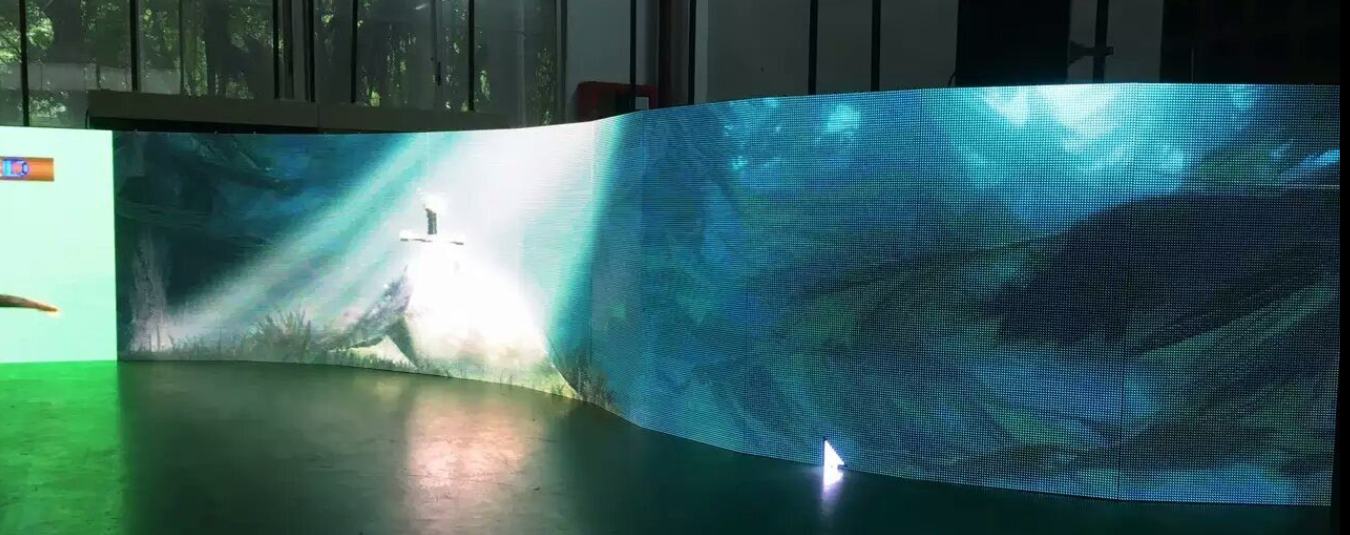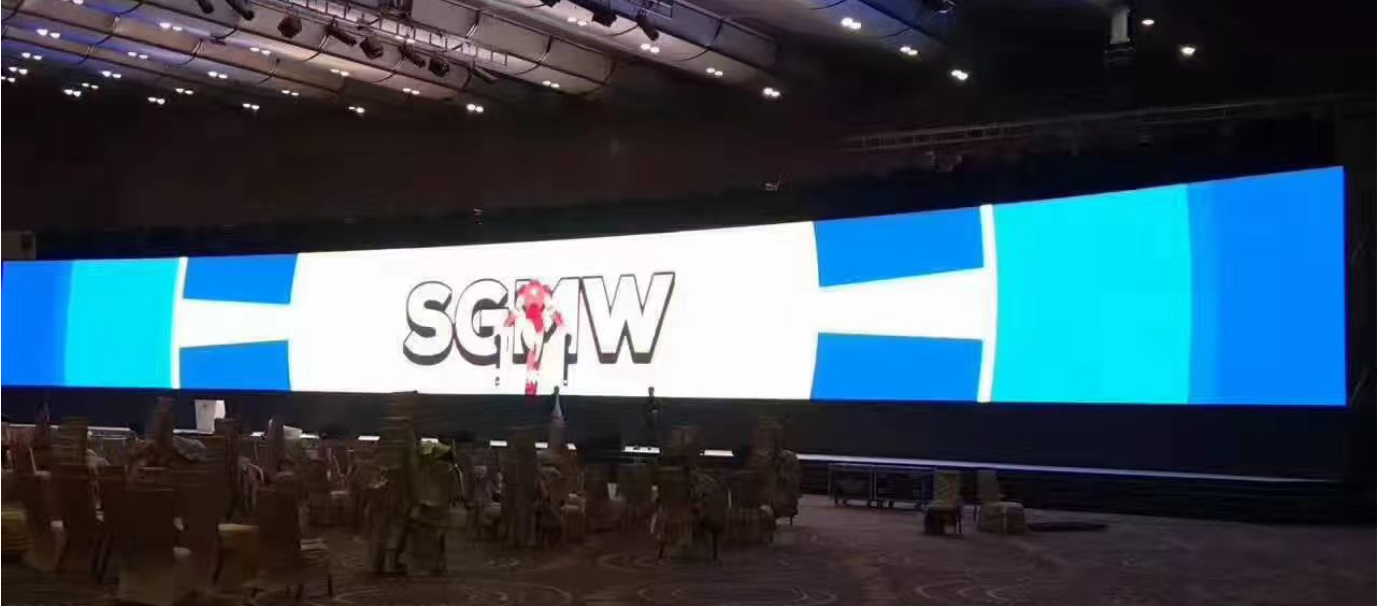At the beginning of 2015, CES exhibition, MWC exhibition, Apple watch released, three fires made smart wearable into the public opinion center. Various interpretations of various forums have emerged in an endless stream. Some people are eager to open up the era of intelligence. Some people are still worried that painting cakes cannot be filled with hunger after all... Is it a big era or is it still foggy? This article refers to the address: http:// Looking at the trend, we must grasp the source, the chip is the source of the smart terminal innovation, we found that chip manufacturers are actively in the emerging areas of the Internet of Things, wearable, car networking and other emerging areas, see Table 1. Ever since, in the post-smart phone era, the discussion that wearables are about to replace smartphones has been put on the agenda. Is it really time for the smartphone era? The big trend is certain, but the time is still early, and the moment is still feeling. Compared with consumer products, chip products generally have a lead time of at least 6-12 months. From the perspective of resource input, individuals think that the layout test is more than the real substantial resources, and the smart phone is still the main battlefield. The rise of emerging fields must be the demonstration effect of market leaders. In the past, Apple was the market leader and market educator. But for Apple Watch, Apple is playing with brand and fashion, not by service and function. This kind of gameplay is something that most Android vendors can't follow. Apple has not given an innovative solution to the bottleneck of wearables. It can be said that this time Apple watch is not the savior of the wearable industry that the industry expects before. So where does the road to wearable future go? After struggling for many years, where should the future of wearables go? This article attempts to give a thought. There are at least two types of mainstream views: 1. From the accessories of the current mobile phone to the alternative: "smartphone +"? 2, wearable is wearable, not the same fireworks, but how the fireworks bloom, when to bloom, is unknown. Go left: “smartphone+â€? It’s still early to replace the smartphone, and the 3 bottlenecks are going to break through. If the smart watches of LG and other manufacturers use the Qualcomm Snapdragon 400 chip platform, or some second- and third-tier manufacturers use the MTK GSM chip to launch some smart watches that support the calling function, even if they are added to a stand-alone network such as smart watches and other wearables. Components (such as WiFi, Sim card, etc.), and adding more sensors and chip devices, began to talk about wearables to replace mobile phones, personally think it is too early, farewell to "mobile phone center theory" is too urgent! Smart wearables replace mobile phones, the current bottleneck is not cost The starting point for the intelligentization of many devices today is the Iron Triangle: “Traditional Device + Networking Module + Mobile APPâ€. With the maturity of networked communication modules, the cost of "+Internet" is decreasing. If a new intelligent experience service can be provided, the superposition of such costs is affordable to the user, and as the scale effect of the module is further amplified, the marginal effect of this new cost will approach zero. The application scenario that replaces the mobile phone is still in the subsidiary stage. The current smart watch replaces the mobile phone function, especially the call function, there are two types: 1. It is a Bluetooth answering call, similar to the child machine; 2. The mobile phone chip solution is used. From the usage scenario, the first category is typical auxiliary. The second category is limited by the end of life pain points. At this stage, it is basically the same as the chicken ribs. There are not many scenes used by users. For Internet surfing, it is not worth mentioning. Therefore, the current wearable is more of a notification application and is paired with a mobile phone. Replacing mobile phones still depends on the breakthrough progress of 3 key technologies The main limiting factor for wearable replacement phones is the contradiction between wearable "small" and "big" on the phone screen. The current mainstream screen for mobile phones is 5-5.5 inches, which is unacceptable for wearables. The key point to solve this contradiction depends on the breakthrough of the three aspects of technology: 1, the commercial use of flexible devices; 2, battery life technology; 3, human-computer interaction technology. Flexible device For flexible screens, the surface is currently commercially available, and the Samsung S6 edge is a curved surface on both sides. Its evolution path is Surface->Fold->Flex. It is widely judged in the industry that it will be expected to be commercialized in scale from 2016 to 2017. The main constraints are process yield and cost. In October 2014, Samsung SDI successfully developed flexible batteries, and with the breakthrough of graphene technology in the past two years, flexible flexible batteries will become a reality. Coupled with the flexible circuit that has been developed in smartphones before, the wearable device is really "bent" wearable is no longer far away, Samsung's wrist device Gear Fit launched in 2014 has been equipped with a flexible screen, but still far from the dreamy flexibility . If devices such as flexible screens and flexible batteries can be commercialized on a large scale, it will be a key step for wearables to replace mobile phones, and to achieve large on-demand changes when carrying small applications. Battery life technology In the wearable size of this small size, battery life has always been wearable pain, especially the "+ mobile communication module" wearable pain, real-time wireless connection is a luxury for wearable devices. We have seen some gratifying changes in the battery life, including the development of new battery materials, the improvement of battery energy density, the popularity of fast charging technology, and the maturity of wireless charging. These are strong support for the future of wearables. The contradiction between supply and demand of battery life is close to the turning point, but it still takes time to make breakthrough progress. Human-computer interaction technology In the field of human-computer interaction, iPhone popularity has led the way of touch interaction, but the use of touch in such a small size of wearable is obviously a violation of human interaction, and the interaction of hands, such as voice, gesture (gesture), image recognition, etc. Suitable for wearable products. In the emerging interactive mode, the biggest problem at present is that the accuracy needs to be improved, and the rise of machine intelligence learning and cloud big data will be the gospel of intelligent identification technology application. In the emerging interaction mode, voice interaction has the conditions for promoting the scale of wearable products, and also conforms to the use scene of the wearable device. Posture (gesture) recognition, similar to smart phones, can also be widely used in wearable products with sensors. Wearable products designed to capture human postures will also have a broader market scenario. Image recognition, eye recognition, etc., due to limitations in technology, cost, experience, etc., scale business needs to wait. The development of intelligent terminal hardware and software technology is alternately rising. In the era of functional machines, applications are much scarcer (telephone, SMS) compared to hardware performance; later, the emergence of intelligent OS solved the problem of application richness. Now, with the extremely rich application and the rising power consumption, it is time to make breakthroughs in the development of key hardware such as screens and battery life. When the 3 bottlenecks break through, it is the wearable terminal. On the day of replacing the smartphone, enter the "smartphone +" stage. Go to the right: Do "wear +"? Abandon the traditional demand thinking, explore the market in the market segment, explore the scene service The market characteristics of wearable terminals are different from the universal demand characteristics of smart phones. At present, every requirement of wearable terminals is fragmented and scened. Wearable is a completely different category from mobile phones. Therefore, wearable players must abandon the thinking of providing standardized products for a large number of users, mining the just-needed scenes for finding wearable products, and even thinking about flexible customized production. After many wearable users wearable for a period of time, such as a wristband, they have already understood the physical condition from a functional point of view. Without major changes, the user's willingness to wear wearables is further reduced, without service delivery. There is often a sense of powerlessness that knows how Tracking data can be. How to let users continue to use, rigid service is the key to improving the viscosity. Nowadays, what is the rigid opportunity of the wearable terminal? Personally, the focus is on how to make the wearable distinguishable from the unique characteristics of the smart phone: it is closer to the human body, more convenient and the first perspective, Segmentation of the market, especially the industry market! From the point of view of market segmentation, individuals believe that there are at least two types. One is the size of the crowd, the need of a specific segment of the population, such as facing patients, the elderly, children, pregnant women, they have demand for wearable needs; the second is the time dimension. There is a need at a specific time, including work needs (such as military personnel to perform tasks), or the needs of specific goals (for example, for weight loss or fitness or hobbies). Real medical wearables are still early, and the market segments serving the big health sector just need to remain the focus of the moment. The industry's wearable hotspots are mainly medical wearables and sportswear wearables. Medical wearable, due to limitations such as wearable device / sensor accuracy, medical device certification, medical system unique thresholds, etc., it is still difficult to improve in a short time, Apple watch is also difficult to change the status quo. The exploration and advancement of this market will not be stagnant, and a breakthrough will be achieved, but it will still have to wait for the day. While the medical precision has not reached the medical level, everyone has seen the opportunity of the sports health market, and the sports health market is increasing with the attention of consumers to the quality of health. How to tap the big health under the wearable just need to become the key to the success of the player. In terms of products, it has gradually expanded from bracelets and watches to the clothing and footwear market. Personally think that it is necessary to trace the source, whether the traditional wear and wear need to be intelligent, what kind of intelligence is needed? The first word: "wearing" The typical wearing is obviously clothes. The traditional wearable "small" is more of a small size and human-computer interaction. Smart clothing obviously breaks through this point, but in fact, the "big" of smart clothing is that the sensor gets the "big" data, not the human-computer interaction. "Big". The so-called smart clothing is to implant the health monitoring sensor into clothes and socks to detect the user's heart rate, breathing and activities. In addition to the price, experience, and accuracy issues, it is more important to think about why users wear such smart clothes in peacetime. It is still more reliable to segment people, such as pregnant women, such as athletes during training and sports. Wear, not expect the user to wear it all the time. Such products have been introduced to foreign countries, such as Athos sports pants, OmSignal compression clothing, Sensoria socks, smart shoes, etc., after putting on the corresponding physiological data such as heart rate, gait, muscle function, etc., can be viewed in the APP in real time. It can provide a reminder during exercise or a post-exercise monitoring analysis. The second word: "Dai" Compared to wearing, there are more categories to wear, such as traditional watches, helmets, accessories, headphones and so on. Smart watches have become relatively popular and have indeed become like watch watches. The smart phones of the headphones have smart hearing aids. The intelligence of the bracelets is slightly unreasonable. For the smart wearable "wearing" category, the key is to find the segmentation group and grasp the smart upgrade of the traditional wearer just needed. Sports health segment, the service for runners and riders deserves further exploration From the perspective of sports and fitness, running and cycling are the two most popular forms. If the smart shoes inside are the gospel of the runners, then the smart helmet is the necessary equipment for the follower of the rider (Note: the smart bicycle will not be discussed in this article). Whether it is a runner or a rider, communication, social, music, and navigation are just needed, and for the rider, the smart helmet needs to have security requirements. In terms of smart shoes, children's shoes manufacturers have already launched children's intelligent positioning shoes, selling points are precise positioning, remote detection, real-life map, historical track, emergency alarm and light social. It is obvious that smart positioning shoes are a combination of children and positioning two cores just needed, so they are optimistic. For the fitness group, Li Ning and Huami Technology will promote smart running shoes, which is expected to stimulate the market segment. Compared with the excitement of smart shoes, the demand for cyclists in the industry is slightly quiet, and there are not many products on the market. Market rumors, Baidu is developing a smart helmet for anti-smog riding. From a cyclist's perspective, smart helmets can also evolve toward smart glasses, providing more first-view service applications. From the consumer group, the segment of cycling has gradually spread from the extreme sports enthusiasts to the public, while the rider's spending power is outstanding, and the wearable products for the rider are worthy of further exploration, perhaps another A small vent. Industry segment, the role of wearable terminals as "controllers" will be more and more From the perspective of the industry market, the most obvious trend is that wearables will provide more extended connectivity and play the role of “controller†in the automotive and smart home industries. The main advantage of wearables is that it is more convenient than mobile phones. For example, Apple Watch can open the door, and companies like LG have similar live demonstrations. It is reported that a number of auto manufacturers will begin to develop wearable car keys, and the corresponding products will be launched in 2016. Summary: Go left - "smartphone +", go to the right - "wear +" is a pain, it is spring after the pain! Wearable future, left or right? At present, no matter whether you go to the left - "smartphone +" or go to the right - "wear +", you need a breakthrough in bottleneck technology, committed to leading the market development, building a core Barrier vendors should seize the historical opportunity brought by this Big trouble! And for many manufacturers to think twice before mining the fragmented scene, give a reason for the user to wear personally! There is reason, there is market, there are Prospects; if you really can't give reasons, it's better to wash and sleep early, turn to other outlets, the wind here is not big enough!
LED rental screen is a kind of Led Display
screen specially used for mobile stage performance and artistic activity
performance, with rich display content and all-weather use ability, which is
more and more widely used. The LED rental display screen is generally designed
as a custom-made die-casting aluminum box, which is light and thin, quick
disassembly and convenient transportation, suitable for different areas of
application places. It can be processed synchronously and asynchronously, and
can accept the access of DV, VGA, dhmi, SDI video, 4K signal, composite yuy and
other new signal sources. Video, picture and text can be played at will.
Mobile Led Screen features:
1. The light, thin and fast lock design of
the box body enables quick disassembly and assembly during use. It is equipped
with an aircraft box, safe and convenient transportation. The box body can be
equipped with arc lock and rotate the lock at ± 15 ° to meet the use
requirements of customers for different sites.
2.
Signal source: support any direction of signal source, meet the arrangement and
placement of different boxes, and create different effects and pictures.
3.
Levelness: the box body adopts die-casting aluminum structure, with high
precision, good flatness and no shadow.
4. The screen body is equipped with a video
processor, which can delay AV, VGA, DVI, HDMI, SDI and other signal sources to
achieve full screen, split screen, picture in picture, live broadcast and other
effects.
6.
Heat dissipation effect: the box is made of aluminum material, which does not
need built-in fan air conditioner, etc. to reduce the power consumption of the
box and work more quietly.
7.
cabinet size: now it is mainly used for LED rental panel box size of 500 * 1000mm,
500 * 500mm, 576mm * 575mm, 512mm * 512mm480 * 480mm and other standard
boxes.
Application scenario: widely use stage
rental, press conference, stadium, 4S point, sales center, lecture hall,
multimedia video, hotel, conference room, etc.
Precautions:
the screen body is divided into indoor and outdoor, indoor screen body shall
not be exposed to rain, edges and corners shall not be collided, and shall be
handled gently.
Indoor Led Screen,Mobile Led Display,Led Display,Led Screen Shenzhen Vision Display Technology Co,.LTD , https://www.ledvdi.com


November 28, 2020